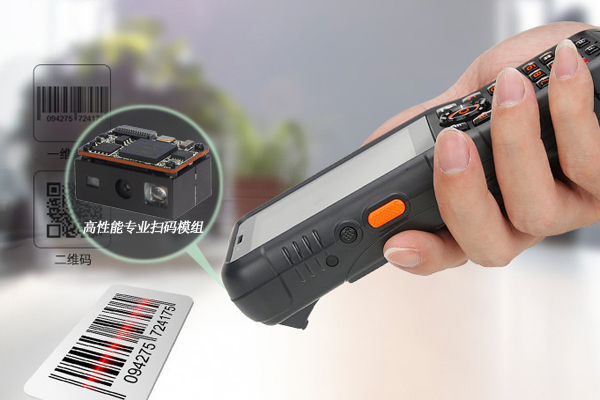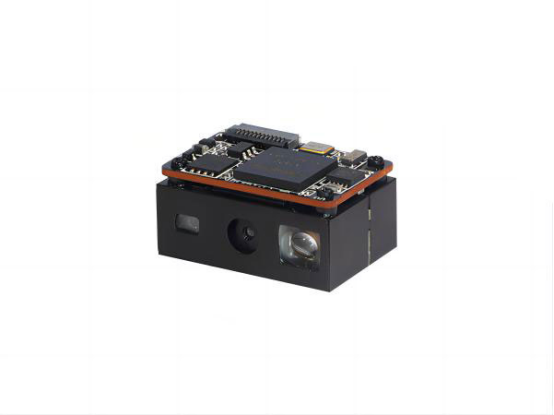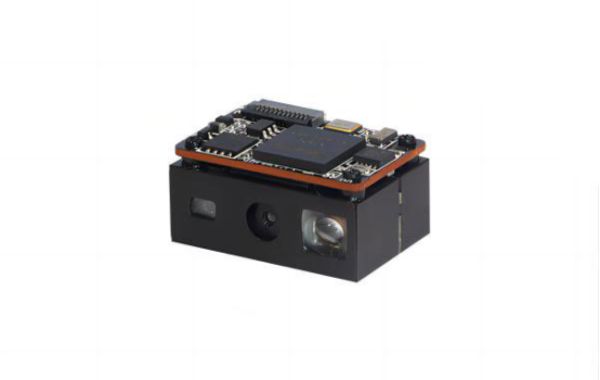As an embedded barcode reading engine, the scanning module can be used to identify and read various types of barcodes and 2D codes. This module is usually integrated into handheld devices, such as PDA collectors, industrial tablets, smart handhelds, etc., to provide more convenient scanning functions.

In fact, the working principle of the embedded handheld scanner module is relatively simple. When the user points the handheld device at the barcode or QR code, the scanning module captures the image through the optical sensor and converts it into a digital signal. This digital signal is then sent to the device's processor for decoding and finally displaying the relevant information. Obviously, installing and embedding the scanning module into the handheld device can provide high-speed barcode reading performance, and its application is very extensive. For example, in many industries including industry, retail, logistics, and medical care, a large amount of data collection and management work is required. If the traditional manual input method is used, it is not only inefficient but also prone to errors. The handheld code scanning module can help users in different industries improve work efficiency and accuracy, and reduce costs and error rates.
Today, the technology of embedded handheld scanning modules is also developing very rapidly. With the popularity of smart handhelds and the development of Internet of Things technology, more and more handheld devices have begun to integrate scanning modules to meet users' needs for scanning functions. At the same time, with the continuous advancement of technology, the performance of the code scanning module is also constantly improving. For example, some high-performance professional scanning modules can recognize various types of barcodes and QR codes, and support long-distance scanning, high-speed scanning and other functions. In addition, some advanced scanning modules can also achieve auto-focus, high reading efficiency, and low power consumption to meet the needs of various application scenarios.

Of course, there are also some problems and challenges in the embedded scanning module. For example, when reading some barcodes or QR codes in distorted, stained, strong or weak light environments, the scanning module may misread or fail to read. In addition, some low-end scanning modules may have problems such as slow recognition speed and low decoding accuracy. Therefore, when choosing a code scanning module, users need to choose according to their specific needs, and pay attention to choosing products with high reputation and stable quality.







